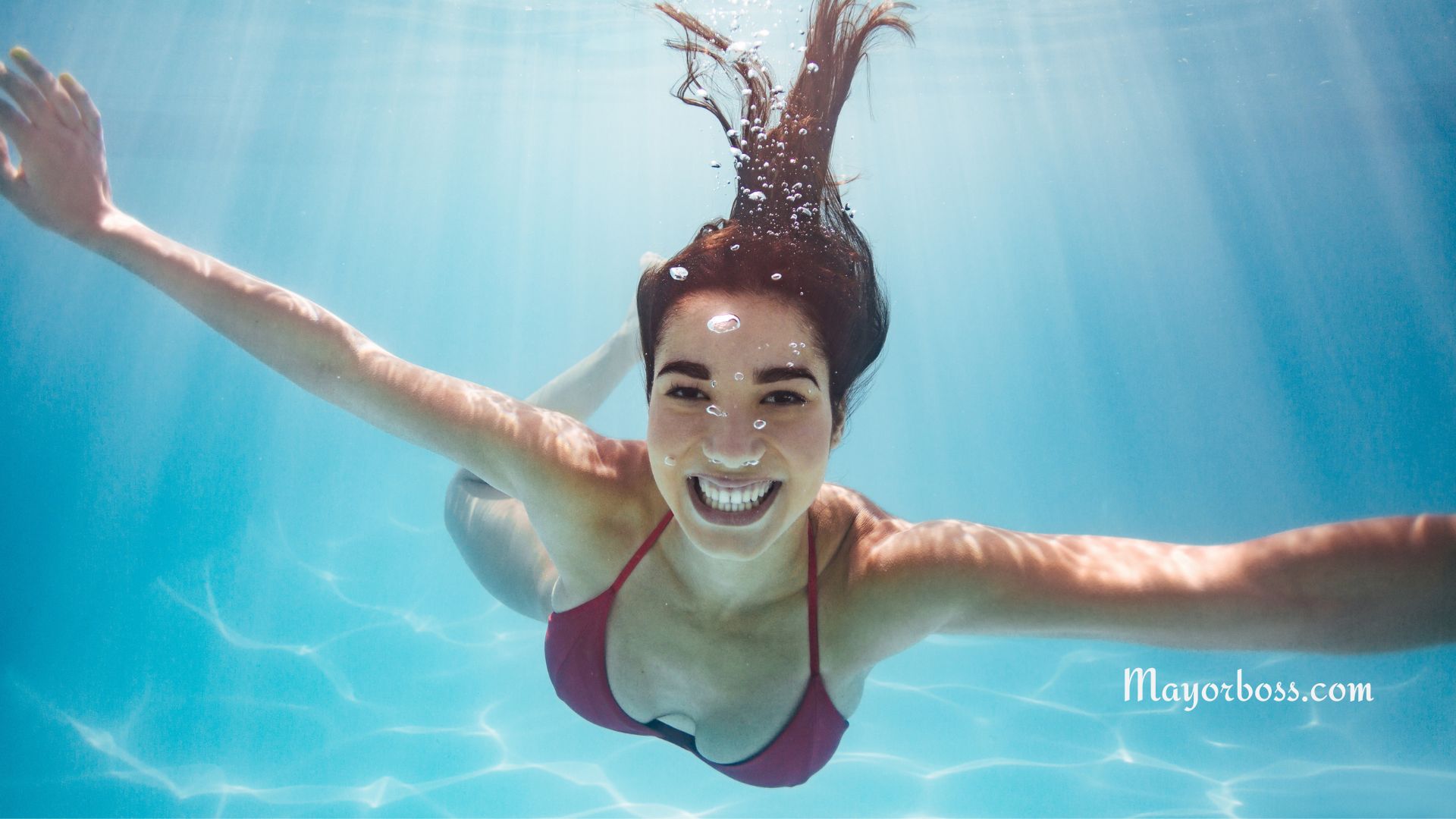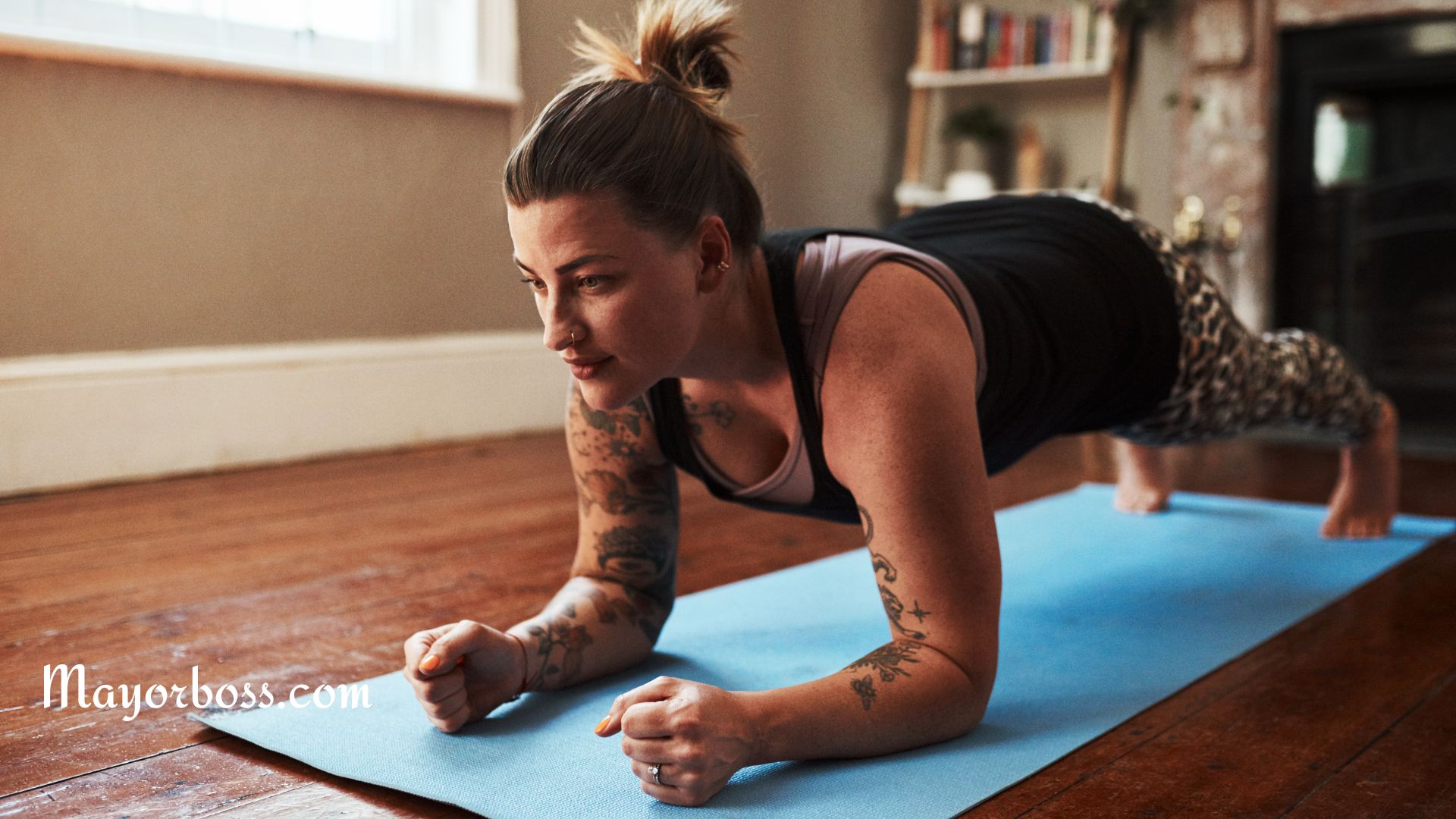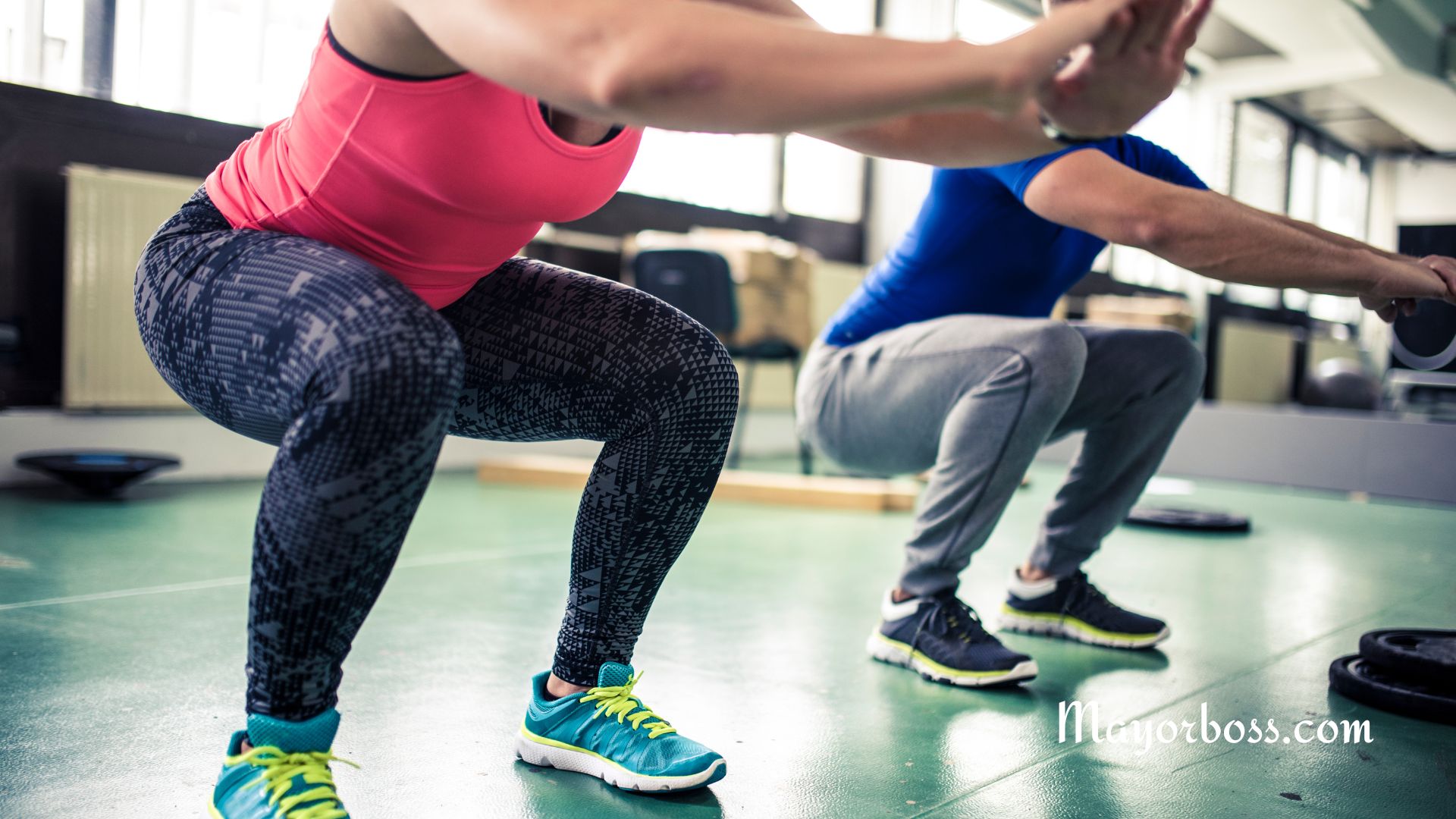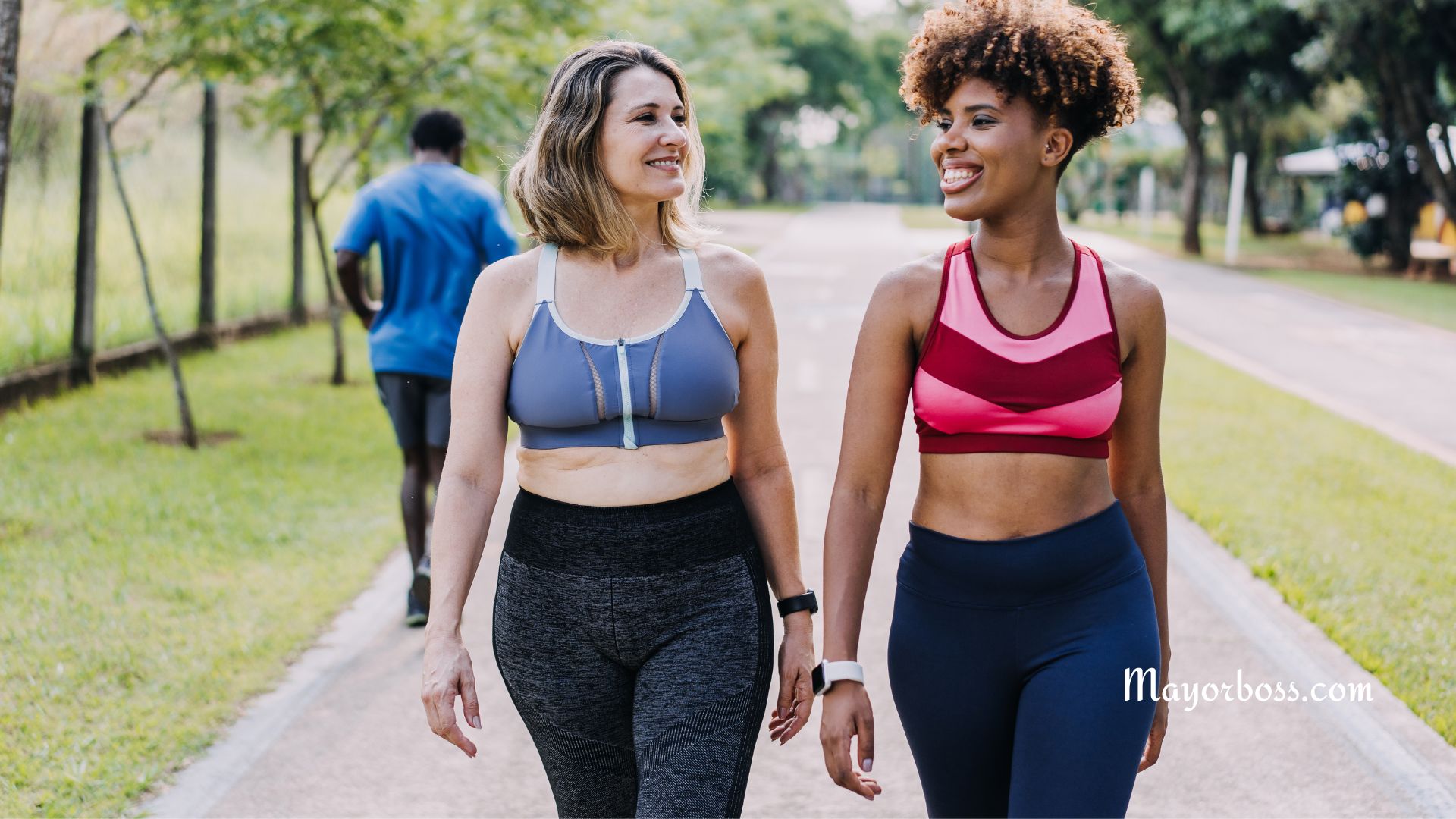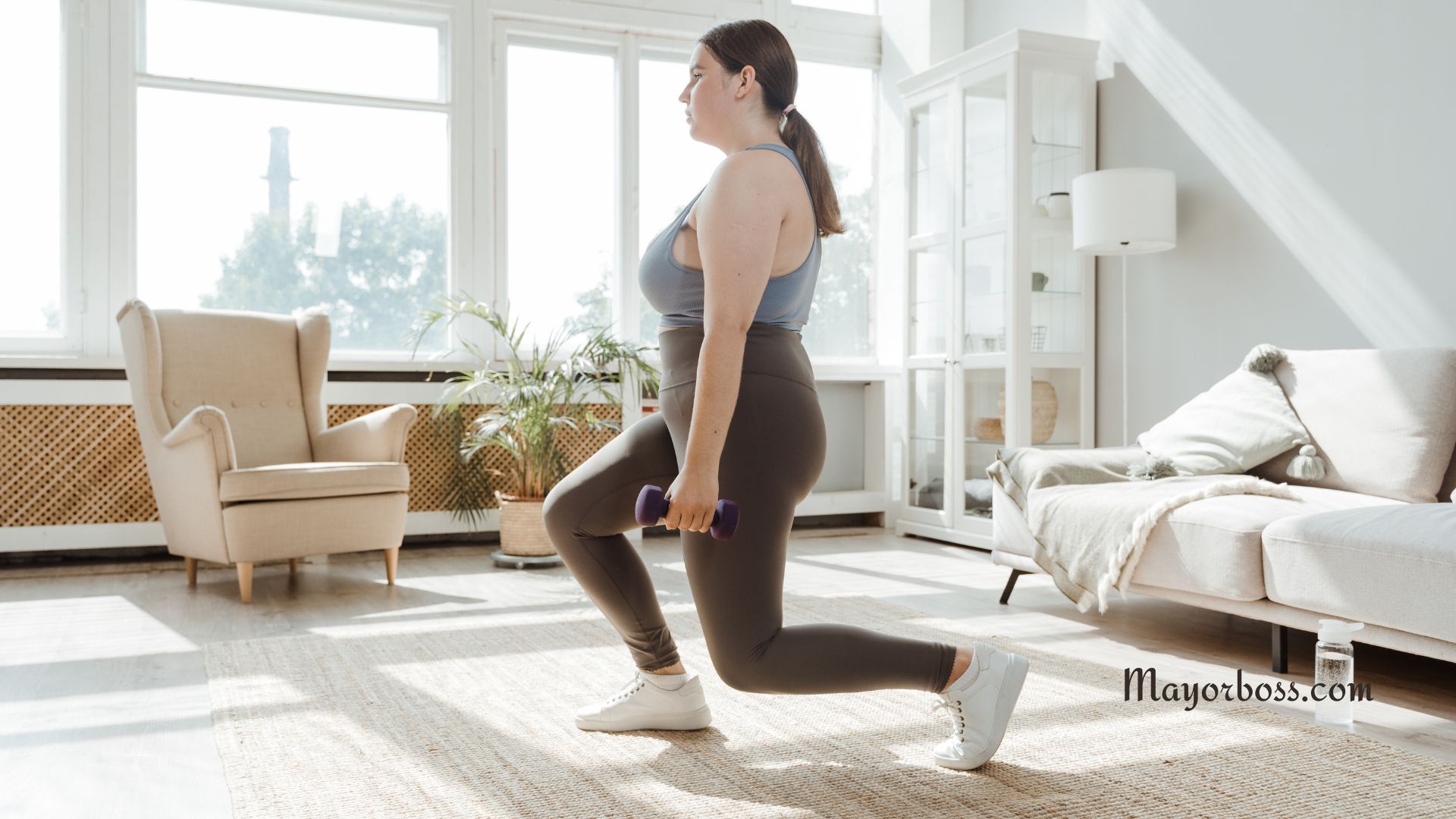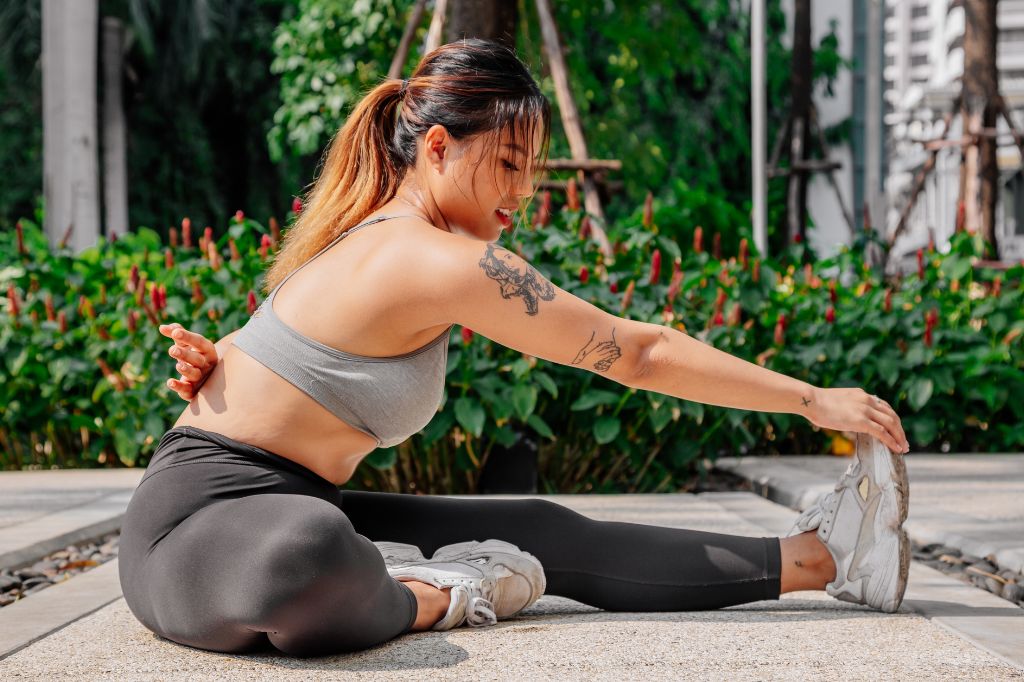5 Benefits Of Child’s Pose
In the world of yoga, one pose stands out for many people – the Child’s Pose. Known for its calming and restorative effects, the benefits of Child’s Pose extend far beyond relaxation. This article aims to explore these benefits in depth.
What Are The Benefits Of a Child’s Pose?
1. Enhances Flexibility
Yogis define the Child’s Pose, sometimes known as Balasana, as a wonderful source of stretching for various parts of the body.
It’s no secret that in a person who practices this pose, there is an abundant increase in flexibility, particularly in the hips, thighs, and ankles.
Moreover, this pose gently stretches the muscles in the lower back and spine, promoting flexibility and relieving tension.
2. Promotes Relaxation and Stress Relief
Let me say this – Child’s Pose is like a pause button for your busy life.
The fact that it encourages slow, deep breathing means it can aid in relaxation and stress relief.
You probably have experienced this soothing effect if you’ve practiced yoga before. However, if you haven’t, it’s worth giving it a try.
3. May Improve Digestion
But how can a yoga pose possibly improve digestion?
Some theories suggest that the forward fold of the Child’s Pose can massage internal organs.
This may stimulate digestion and even combat constipation. Seriously, it may amaze you, but yoga has been associated with improved gut health.
Don’t believe me? Perhaps it’s time to experience the benefits of Child’s Pose yourself.
4. Relieves Back and Neck Pain
The truth, as backed by numerous testimonies, is that the Child’s Pose can offer relief for back and neck pain.
This pose elongates and aligns the spine, improving posture and reducing discomfort.
According to some yoga instructors, in people who suffer from chronic back pain, Child’s Pose is highly recommended.
5. May Boost Blood Circulation
In some cases, you may not have considered yoga as a means to improve blood circulation.
However, research suggests that Child’s Pose may offer this surprising benefit.
The position in Child’s Pose, where your heart is above your head, promotes blood flow towards the head and neck.
This increased circulation can have numerous positive health effects, from better nutrient delivery to improved cognitive function.
How to Do a Child’s Pose
Here’s a simple guide to help you adopt the Child’s Pose correctly.
Step 1: Starting Position
To begin, you need to kneel on your yoga mat.
Bring your knees as wide as your hips or as wide as the mat while keeping your big toes touching each other behind you.
Look at it this way — in this pose, your body should resemble a ‘W,’ with your legs and buttocks forming the peaks and valleys.
Step 2: Lower Your Torso
For many people, the second step involves lowering your torso between your thighs.
This is where the real benefits of Child’s Pose start to manifest.
Extend your torso forward so that your chest rests comfortably between or on top of your thighs.
Step 3: Extend Your Arms
After you’ve lowered your torso, the next step involves extending your arms.
Stretch your arms out in front of you, palms facing down, as you lower your forehead to the mat.
This should create a feeling of length along your spine and a stretch in your shoulders.
Step 4: Deepen the Pose
In some cases, if comfort allows, you might want to deepen the pose.
For instance, you can do this by walking your hands out further in front of you or by gently pressing your chest closer to the ground.
However, always listen to your body and only go as far as feels good.
Step 5: Hold and Release
Hold the pose for as long as it feels comfortable — perhaps starting with a few breaths and working up to a few minutes.
The benefits of Child’s Pose become more pronounced the longer you can maintain it.
To release the pose, gently walk your hands back towards your body and use your hands to push your torso up, returning to the kneeling position.
Let me say that Child’s Pose is usually used as a resting position in between more challenging poses during a yoga sequence, so don’t hesitate to use it whenever you need a break.
However, as always, remember to breathe deeply throughout the pose and pay attention to your body’s signals.
Adjustments and Modifications
In a person who experiences discomfort while performing the pose, several modifications can be made.
For people with tight hips, a folded blanket can be placed under the buttocks for extra support.
If your head doesn’t comfortably reach the mat, you can rest it on a block or folded blanket.
Ideally, you want to feel relaxed and comfortable in Child’s Pose. As you practice more, you’ll become more accustomed to the pose and can experience the full benefits of Child’s Pose.
Final thoughts
Child’s Pose, also known as Balasana, is a restorative yoga pose known for its numerous benefits, such as promoting flexibility, aiding digestion, relieving back and neck pain, and boosting blood circulation.
It’s a simple pose, suitable for both yoga beginners and experienced practitioners. Embrace the Child’s Pose for a healthier body and a calmer mind.

